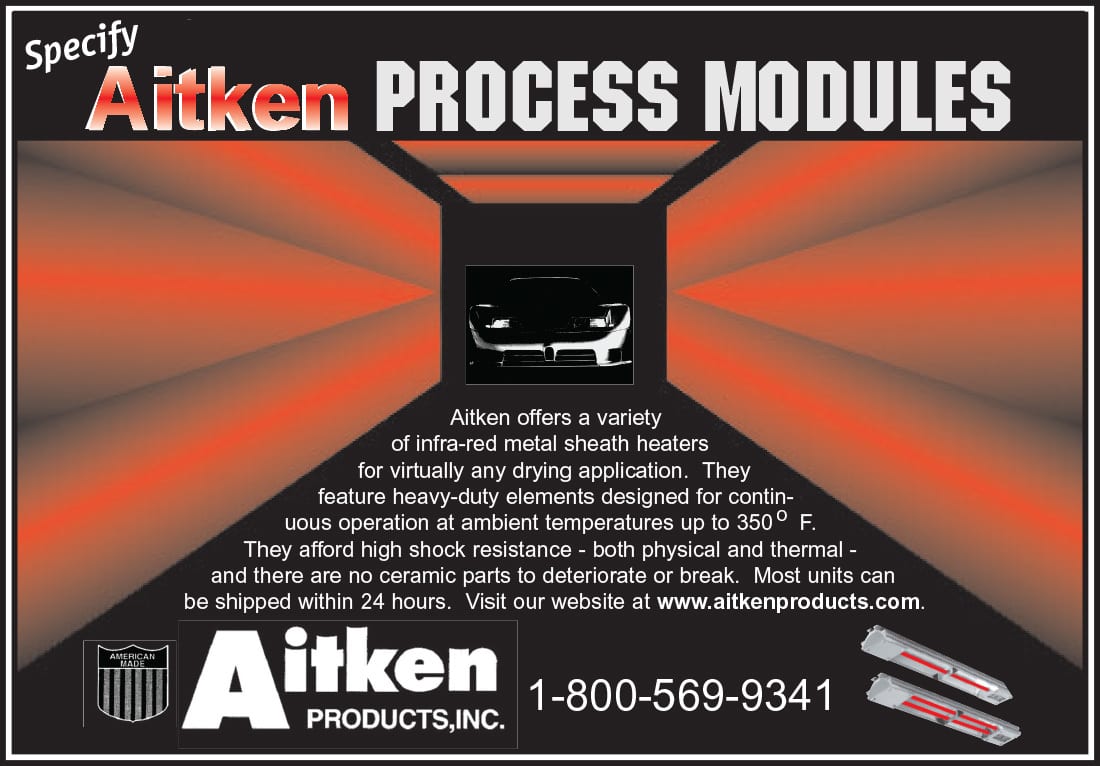Designing Your Refrigerant-Management Plan
Industrial Refrigeration Systems
Photo: zorazhuang / iStock / Getty Images Plus via Getty Images
By Andrew Pansulla,
Chemours
Refrigerants are available to help facilities meet specialized needs, stay compliant and remain productive.
If your facility relies on a hydrofluorocarbon refrigerant, it is past time to develop a plan to address the HFC phasedown implemented under the American Innovation and Manufacturing (AIM) Act.
Thirty-five years ago, foundations were laid for a regulatory landscape that has accelerated the need for specialized planning by industrial refrigeration engineers and facility managers. Today, no matter the size of the facility, its products, or the capacity requirements of the process cooling equipment, these regulations are affecting the industry.
At the heart of this industry-wide need for long- and short-term planning are refrigerants. Regulations aimed at the national and global use of refrigerants once allowed for a “slow and steady” change. Advancing phasedowns coupled with trickle-down effects such as decreasing supply, however, mean every refrigerant touchpoint — from industrial refrigeration to commercial and residential HVACR — now needs to expedite the transition. Moreover, because of the variety of applications in the process cooling industry, there is no one-size-fits-all solution.
Manufacturers have long understood this challenge, fortunately. Consequently, more refrigerant possibilities are available to help industrial refrigeration facilities meet their specialized needs, stay compliant and remain productive as well as profitable. The key to doing so lies in knowing how to design and implement a refrigerant-management plan that supports the business in the present and future.
A Brief History of Refrigerants and Regulations
Understanding the dynamics driving the reduced availability of certain refrigerants and a growing supply of others offers a good starting point.
At the advent of mechanized refrigeration, refrigerants were based in sulfur dioxide, carbon dioxide, ammonia and methyl chloride. In time, however, their inefficiency and toxicity drove the demand for alternative refrigerants.
In the early 1930s, a class of new refrigerants — categorized as hydrochlorofluorocarbons (HCFCs) and chlorofluorocarbons (CFCs) and registered under the Freon trade name — were introduced. Offering elevated safety, efficiency and performance compared with its chemical predecessors at the time, these refrigerants became some of the first mainstream, globally used products. They dominated the refrigeration and air-conditioning industries for several decades.
Soon after scientists found that chlorine vented or leaked from HCFCs and CFCs was a primary cause of the expanding hole in the ozone layer, the 1987 Montreal Protocol was established. The Montreal Protocol called for a complete phase-out of refrigerants with non-zero ozone depletion potential (ODP). In the United States, this call to action resulted in a sales ban on new or imported virgin R-22 (an HCFC refrigerant) after January 1, 2020.
Around the same time that the framework for the Montreal Protocol was agreed upon, hydrofluorocarbon (HFC) refrigerants were introduced. These nonflammable gases offered equivalent performance relative to their HCFC and CFC predecessors. More importantly, the HFCs had zero ODP. This made them a sensible replacement for applications that historically would have used an HCFC or a CFC.
While HFCs provided good performance for many typical refrigeration applications, over time, the global warming potential (GWP) of these refrigerants became a point of contention. In 2016, the Kigali Amendment — ratified by more than 130 countries — focused on phasing down HFCs due to their high GWP. On January 1, 2022, the U.S. Environmental Protection Agency launched an HFC phasedown implemented under the American Innovation and Manufacturing (AIM) Act.
While regulations such as the Kigali Amendment and the AIM Act have not achieved a total phase-out of HFCs, the need for lower-GWP solutions is evident. A fourth class of refrigerants — hydrofluorolefins (HFOs) — has been developed to provide lower GWP than HFCs while also continuing to maintain zero ODP. The increased adoption of HFO refrigerants and the manufacture of HFO-charged equipment continues for process cooling applications.
Developing a Refrigerant-Management Plan
Process refrigeration systems using R-22 as the refrigerant represent the most urgent need for implementing a refrigerant-management plan. If your industrial refrigeration systems require thousands of pounds of R-22, it is going to be extremely difficult to source the refrigerant for maintenance needs in the event of a catastrophic leak.
For direct expansion systems using R-22, retrofitting to an HFO-blended refrigerant like R-449A can extend the life of the existing installed equipment. For R-22 flooded refrigeration systems, an engineering analysis will be required to determine the best path forward.
If the system is to remain flooded, transitioning to a refrigerant with a different pressure, safety classification or capacity than R-22 is a likely course of action. In most cases, this will result in equipment redesign. If equipment redesign comes into consideration, you should take the opportunity to determine if your current system architecture still makes sense or if new refrigerants warrant a different design. In some cases, end users have opted to transition a flooded evaporator into a direct expansion design to utilize some of the lower-GWP HFO blends.
Currently, the need to transition is not yet urgent for HFC cooling systems. Given the AIM Act phasedown, however, sourcing for these refrigerants eventually could go the way of R-22 and be more difficult. The most common HFCs of interest in the field for industrial refrigeration include R-404A, R-507 and R-134a. For almost every one of these systems, there is a lower-GWP alternative to work with retrofits. R-404A/R-507 direct expansion systems can be retrofitted to an HFO blend like R-449A. Flooded R-507A systems will need to follow the same direction as today’s R-22 flooded systems. (A full engineering analysis will be required to determine the most suitable path forward.) R-134a direct expansion or flooded systems can be retrofitted to HFO blend R-513A, with minimal design changes.
6 Considerations for Developing Your Refrigerant-Management Plan for Existing Equipment
While all of the regulatory changes and refrigerant options may seem overwhelming, you can arrive at a solution with the ultimate goal being to extend the life of your current system. Key considerations in planning for your refrigerant needs include:
- The age of your system and the maintenance required (including refrigerant leaks) over the past few years.
- The type of system components.
- Your unique process cooling needs. Will a refrigerant blend will meet those needs?
- Budget and investment capacity. Will a little more outlay now pay off a few years down the road? What are your options if your refrigerant becomes rarer and, therefore, more costly?
- Current costs related to operating the refrigeration system such as energy costs. New or retrofitted systems and some new refrigerants may increase efficiency and reduce energy consumption.
- Corporate sustainability commitments and how to represent your company in today’s environmentally driven society.
Designing a refrigerant-management plan comes down to balancing economics, performance, availability and the ability to support business objectives. To start, I recommend calling your equipment’s OEM, who will understand your system’s engineering, regulations and options for retrofits and redesigns. You also can consult with refrigeration engineering companies and refrigerant manufacturers. Carefully choosing a refrigerant can advance your short-term goals and pave the way to your long-term visions.
Andrew Pansulla is a technical service engineer at Chemours, Wilmington, Del. For more information about refrigerants from Chemours, call 302-773-1000 or visit chemours.com.



